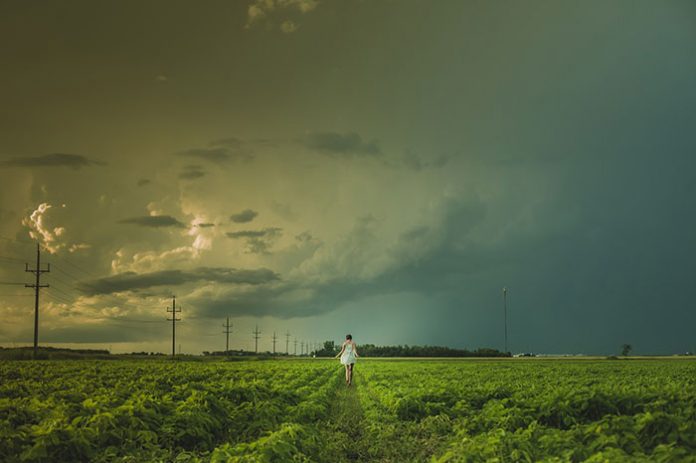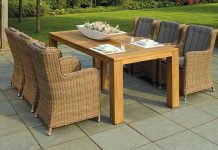Yes, at times, it felt like an uphill slog, but it’s not all bad. In periods of crisis like the current pandemic, we’re prompted to come together. Which is exactly what we’ve seen over the last few months. Governments, citizens, companies, and literally everyone have played their part to bring COVID-19 to an end. The past year is proof that eco friendly and green living CAN change the planet.
So, what if we brought about that same energy and commitment to other international problems, like climate change? Is it possible to continue pulling together to bring about something good?
Yes, we think so.
But, don’t take our word for it, the stats speak for themselves: Within 10 years, 20% of America’s power could be supplied using wind energy.
Perhaps it’s unrealistic to expect the whole world to respond to climate change in the same way we have COVID-19. But, for those who really want to make a difference, you can certainly do your part by living greener.
So, in this article, we’ll explore green living, specifically, what you can start doing today to live a more eco-friendly lifestyle.
Let’s dive in!
What’s Green Living?

In short, green living refers to a lifestyle where you commit to making choices that reduce the destructive impact you have on the environment. It’s about adopting habits to save water, energy, reduce waste, and keep carbon emissions low.
Okay, so now we’ve clarified what green living actually is, let’s look at a few practices you can adopt that make green, smart living easier.
Be Eco Friendly and Recycle
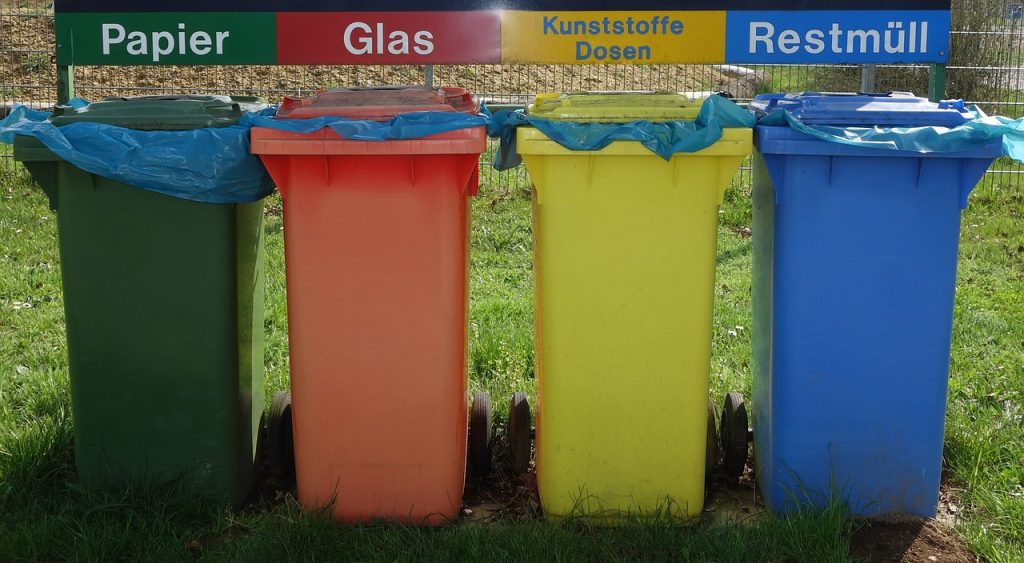
This seems like a no-brainer, but in America alone, only 34% of their waste is recycled – leaving plenty of room for improvement.
Recycled paper produces 25% fewer emissions than conventional paper. So, if you’re not already, start recycling paper in your own home, and if you’re not already, support brands that utilize recycled materials in their products.
By supporting the recycling movement in any way you can, you’ll help push the economy in a more sustainable direction.
Think Long-Lasting and Low-Waste
Landfills are one of the planet’s greatest banes, releasing harmful toxins and gases that exasperate the greenhouse effect. They also reduce the value of real estate near them.
The answer? Start reducing the amount of waste we produce by being mindful of the every-day items we use. Switching to reusable bags and washable rags and clothes for cleaning instead of disposable wipes are both simple swaps that we can make to reduce our waste.
You can also start recycling your leftovers by creating a compost heap. Americans alone dispose of over 1,200 pounds of organic trash each year, which could easily be composted instead. Organic compost produces high-quality fertilizer, so if you’re an avid gardener – that’s a plus!
Install Green Living Energy and Water-Efficient Fittings and Fixtures Around Your House
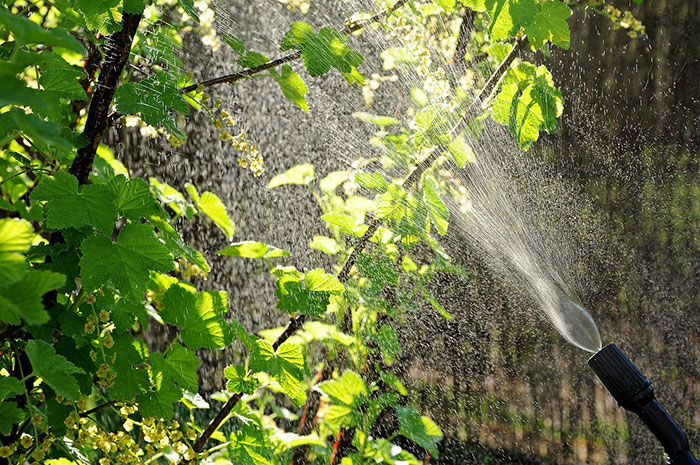
If you live in an older building, your fixtures might be outdated. If that’s the case, you’ll want to install water-efficient fixtures on your taps. These could cut water usage in your home by up to 45%.
When you combine these savings with sensible water use, we could keep the world’s water usage at sustainable levels.
On top of that, you could also install lower flow toilets with a GPM of 1.28. This could save up to 115,440 gallons of water a year.
Energy is another massive contributor to climate change. It accounts for around 60% of total global greenhouse gas emissions.
So, if you’re looking for greener choices that don’t consume as much energy, switch to LEDs. These use 90% less electricity and last far longer than traditional bulbs.
Not only are these switches great for the environment, but as you’re not using as much water or energy, you’ll save a pretty penny too. What’s not to love about that?!
Install Solar Panels for Green Living
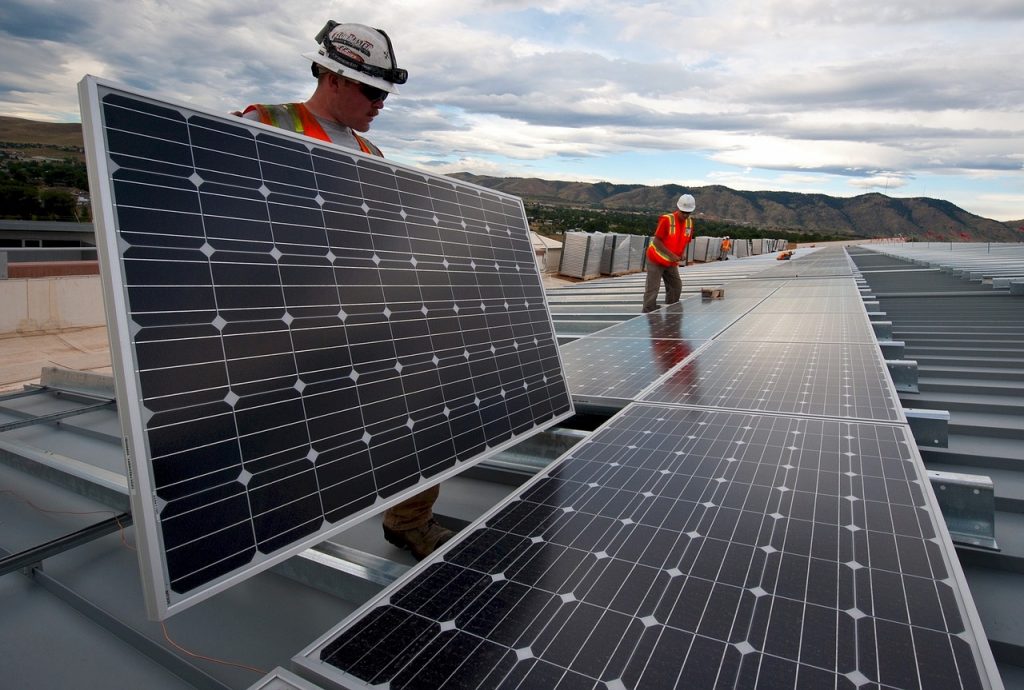
Solar panels for your home are a long-term investment that could save you money in the long run and help the environment. Today, solar energy is more affordable than ever before. This is partially why installations in the U.S have grown 35-fold since 2008, powering the equivalent of 12 million American homes. All the best neighborhoods in America have solar panels installed in most of their homes.
Since 2014, the price of solar panels has dropped by nearly 50%. Consequently, the international demand for solar energy is snowballing. For a 6KW system, the average price, including installation, permissions, and equipment, lies at around $15,000.
Residential customers using solar panels can also sell their electricity back to the grid through net metering. So, any unused power you generate can contribute to greener energy usage around your area. How neat is that?!
Some of the best solar panels and solar batteries are produced by LG, Sharp, SolarWorld, or Panasonic. There are many competing providers to choose from, so take the time to do your due diligence before making your purchase.
Yes, solar panels are still expensive, but if you can afford to add them to your home, you’ll save lots of money and energy on a long-term basis. Not to mention, they’re a great asset to have because they’ll raise the value of your house – win-win!
Use Green or Eco-Friendly Products:

The best thing to do is to simply decrease the use of artificial and toxic products that harm the environment. There are many chemicals that can damage the atmosphere and have a bad impact on our health. It is best to opt for products that use natural ingredients and leave a very minute carbon footprint.
By actively and responsibly choosing what we consume, we can categorically reduce the green house emissions and other toxic wastes that go into the environment. Here are some choices you can make that will help the earth and society:
Furniture and interior decoration:
The paints and wall decors that we use in our homes and offices often give off some sort of fumes and are made of synthetic materials. These products can harm our bodies. We can choose furnishings made from green materials that are more sustainable and easier to replace too.
Monthly Supplies:
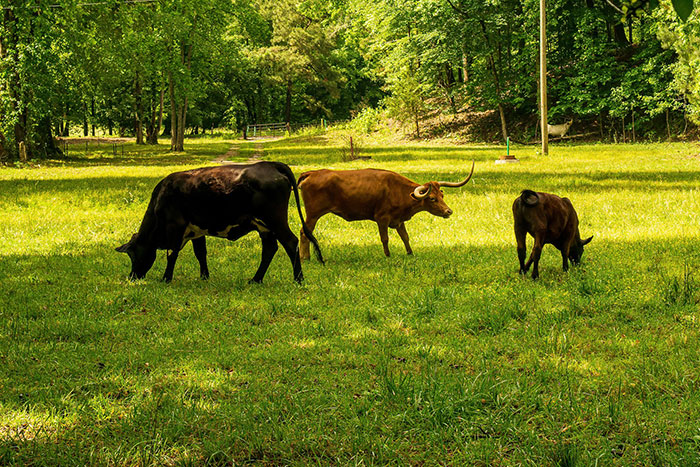
This is the part that matters most, and mostly people just overlook it. Always use products that use green materials in their manufacturing. From buying house cleaning products to buying stationary for you kids’ school, use products that leave the minimum amount of carbon footprint. There is always a greener option that you can choose.
Eco Friendly and Green Vehicles:

It is best to use public transit. However, if your course is not on the public route you should opt for a more energy efficient and eco-friendly car. There are many options like Hybrids, Plug-In Hybrids, All- electric vehicles, and recently the rise of green hydrogen fuel cell cars. These vehicles help reduce the use of fossil fuels and also diminish the carbon emissions.
Maintenance and Cleaning Products:

Normally the products used to clean houses and offices are noxious. Like you wouldn’t use toxic products to clean your babies’ toys, similarly, you should not use products that will hurt you or the environment. It is best to opt for eco friendly products to clean the spaces we live in.
Another point to note here is maintenance. If you try to do maintenance work by yourself or get a cheap insufficiently skilled person to do the work, it abolishes the purpose. You won’t save much if it breaks again after a few days or damages other fixtures or your health. It is best to get a professional to do maintenance work and always use green products for replacement.
Fertilizers, Pesticides and Other Chemicals:
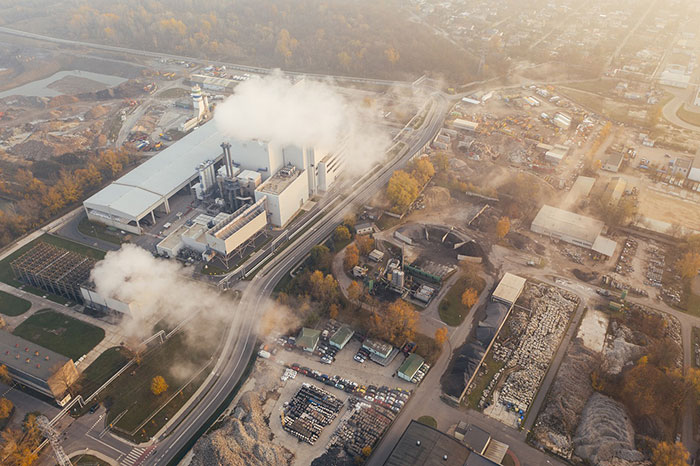
The most harmful impact of synthetic chemicals on our health and agriculture is by the use of toxic fertilizers and pesticides. Not only do these chemicals harm us but they also harm the soil. We can easily overcome this problem by using organic fertilizers and pesticides. Also, always wash your veggies and fruits before cooking or eating them.
It’s Easy to Make Green Living Choices
The simple fact is that living green doesn’t have to be complicated or inconvenient. We have the technology and consumer choices available today for us to take responsibility for the impact we have on the environment.
All it takes is a level of awareness and willingness to invest in the right technologies. While not everyone has the budget to invest in solar panels or better fixtures right now, mindful habits still make a big difference.
Carefully consider your future purchases and choose to buy from companies that share your mission for greener living. Whether that’s investing in energy-saving light fixtures, composting, or recycling – there’s tons you can do to live a greener lifestyle.
We hope you enjoyed this article! Do you have any other tips for greener living? If so, we would love to hear your thoughts in the comments box below. Speak soon!
This article is an update to the original Green Living Ideas posted in June 2020.


